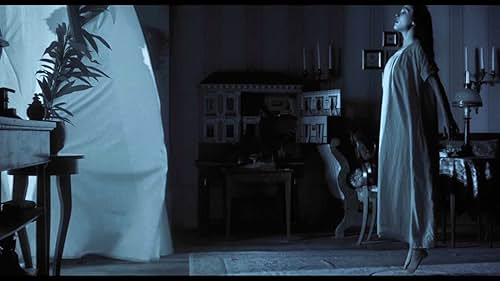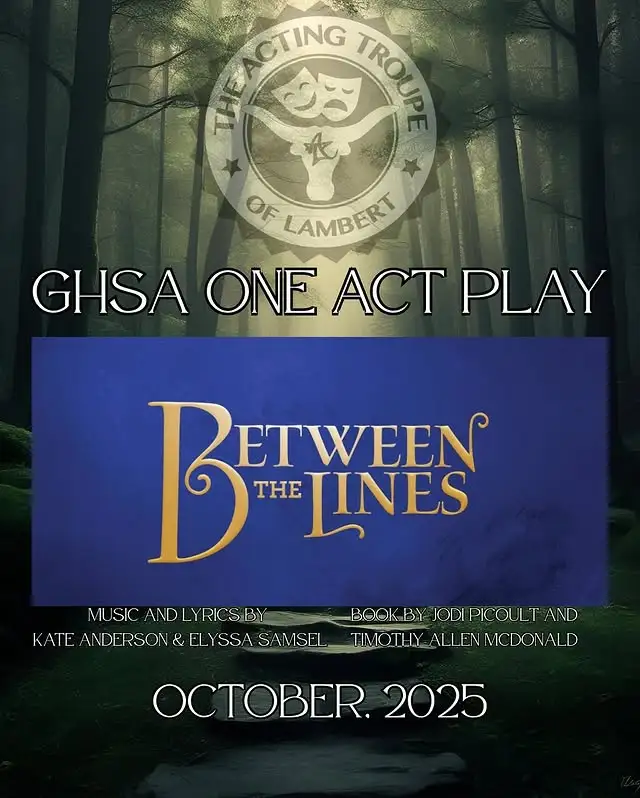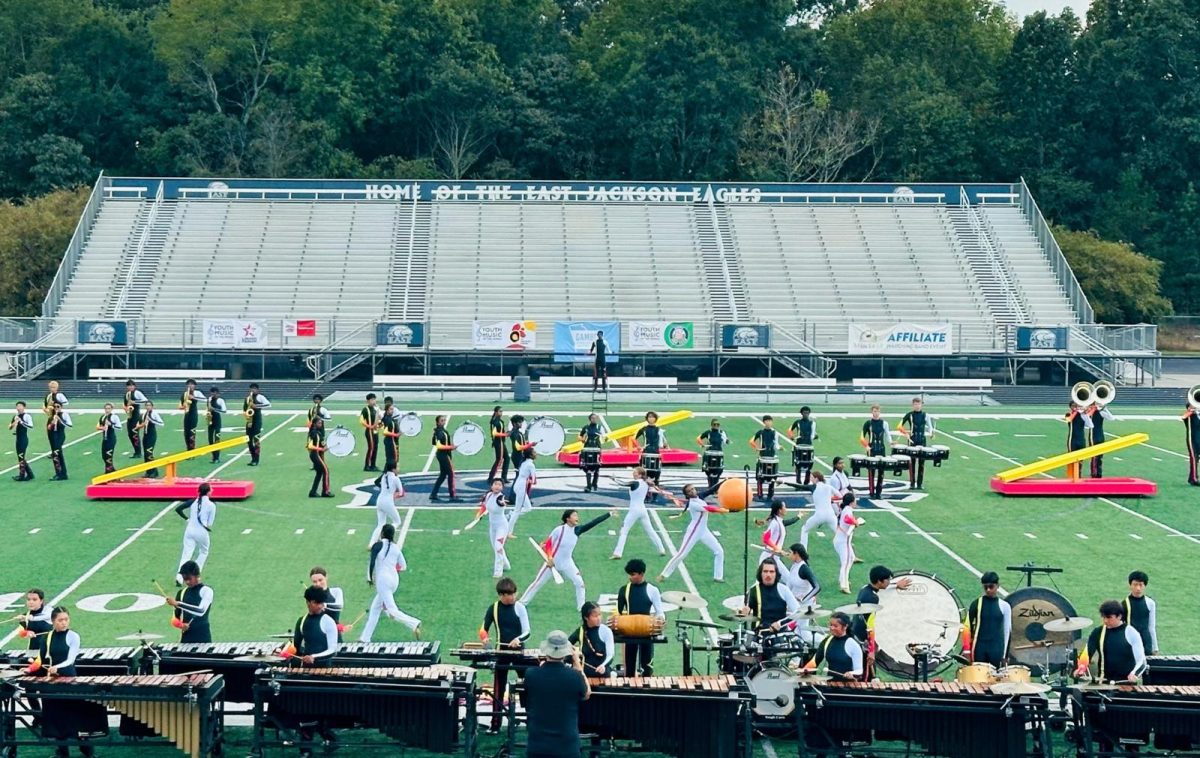
Film remakes often tread a fine line between paying homage to the original and creating something fresh and relevant for contemporary audiences. Few succeed in elevating the source material while staying true to its legacy, but Robert Eggers’s “Nosferatu” achieves just that, delivering a hauntingly beautiful film that is equal parts reverence and reinvention.
“Nosferatu” is a remake of the 1922 silent horror classic directed by F.W. Murnau, one of the first cinematic examples of the vampire archetype. The original “Nosferatu” tells the story of a 19th-century German couple and their struggle with Count Orlok, a vampire who preys upon their lives.
Core to the film is the titular vampire, played by Bill Skarsgård, whose terrifying presence is amplified by eerie costume design.
“Skarsgård’s performance as Nosferatu is unforgettable,” Lambert senior Logan Byron said. “The performance is terrifying, and his design is insanely good.”
Skarsgård’s physical transformation, paired with his vocal performance, brings the already creepy Count Orlock into the 21st century.
Eggers also makes heavy use of practical effects like physical costumes, makeup, real sets and live animals. One of the standout moments is the inclusion of 5,000 live rats used in the rat plague scene that heralds Nosferatu’s arrival.
“The [rat plague] scene was very visually impressive,” Byron said. “It adds a lot to the movie, especially knowing how hard it must have been to accomplish that.”
This contrasts the current trend among filmmakers to utilize tools like CGI or Disney’s use of the Volume as opposed to creating physical sets or filming on-location.
Director Robert Eggers, known for his meticulous attention to detail crafted a richly atmospheric world. The decision to use practical effects, such as the live rats, harkens back to the original “Nosferatu.” The comparatively primitive special effects technology of the time meant filmmakers had to use creative techniques combined with clever camera angles, like using stagehands hidden just offscreen to create the illusion that Nosferatu was levitating. Eggers’s commitment to practical methods pays off, creating a tangible sense of dread and a call-back to the original film.
Beyond the visual and technical achievements, “Nosferatu” shines in its storytelling. Eggers takes the original 1922 film’s core themes of greed and obsession and masterfully enriches them, telling a story that explores the human psyche, how greed drives people and the consequences of unchecked desires. These themes echoe the original film’s commentary, presenting the important message to a new, modern audience.
The importance of the original “Nosferatu” as a cinematic landmark cannot be overstated. It is one of the earliest vampire films and a cornerstone of horror as a genre. In fact, Eggers himself claimed that the 1922 film is the invention of the modern horror movie. Eggers’s decision to remake the film ensures that a new generation can appreciate its themes and storytelling. With its compelling performances, meticulous visuals and reverence for its source material, Eggers’s “Nosferatu” proves that some stories are worth retelling. Eggers’s vision brings this cult classic back from the shadows, reintroducing audiences to Nosferatu’s story while leaving his own mark on the history of cinema.














